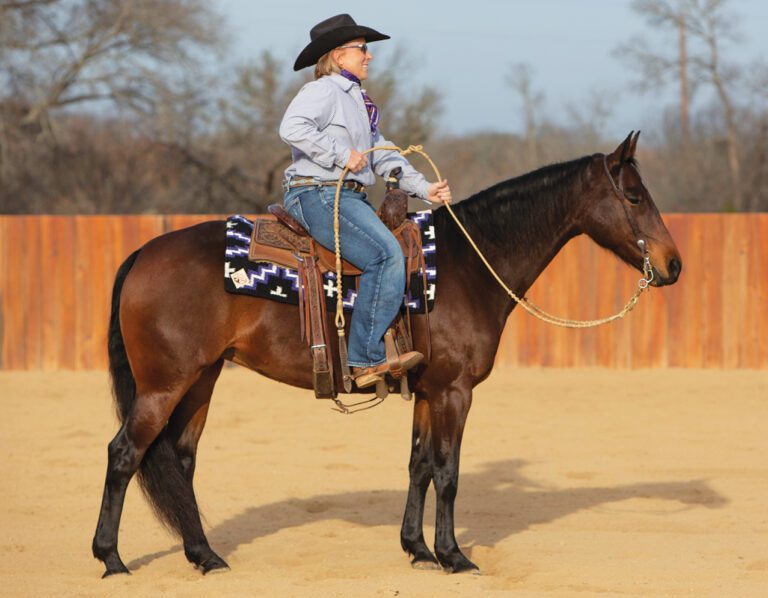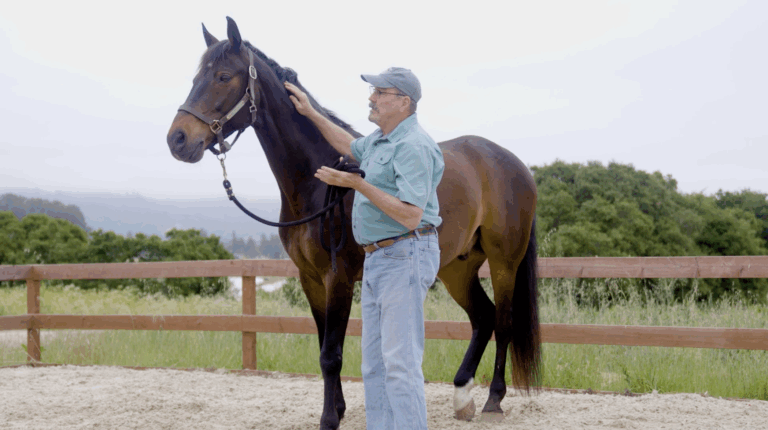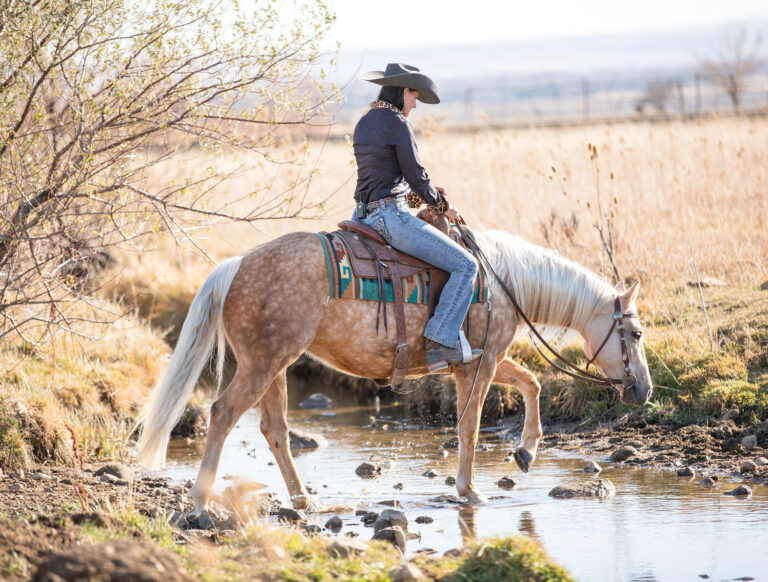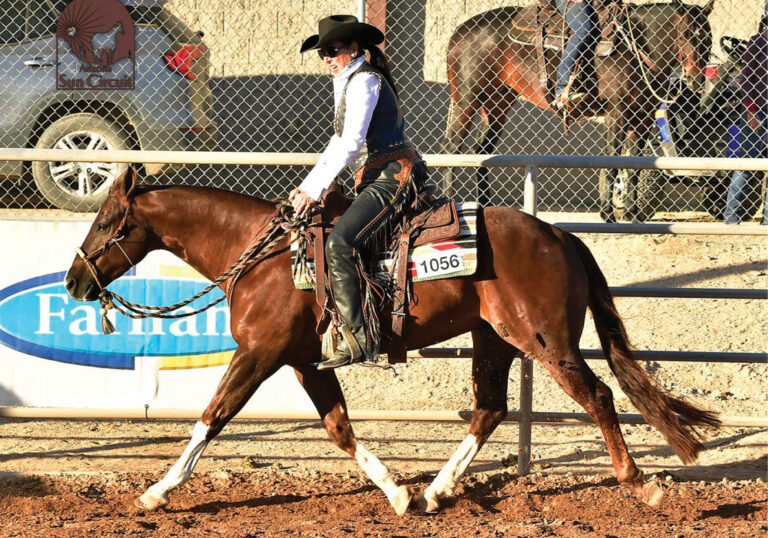AT HOME
- Collect patterns of your event from past horse shows and/or magazine articles. Practice the maneuvers, especially the areas of potential weakness, such as turns and transitions. Proficiency in these areas is what makes your patterns flow.
- Select a pattern, and break it down into separate maneuvers. Then abbreviate each maneuver by its first letter or by the figure it makes. In other words, a jog/circle right/ circle left/turnaround can be J/ Figure 8/360. Write out your code and memorize it. You can also color code the pattern – pink for walk, yellow for trot/ jog, and blue for lope/canter.
- Close your eyes and mentally “ride” the pattern, actually “seeing” the markers. Visualize lead changes, transitions, moving forward in your turnaround, and any problem areas you may have. As you do, develop a strategy for keeping your go smooth. Then verbalize your go to a helper, telling him or her exactly what you’re “seeing.”
- Walk through the pattern on foot, without your horse.
- Perform the pattern with your horse, recalling the mental imagery you used in Step 3.
- As soon as you have the routine down, time each practice session. Set yourself a limit, and gradually reduce the time it takes to 15 minutes. This will help your time-management on competition day.
- Bear in mind that training and preparation are homework. Everything you practice helps you work toward perfection.
[READ ABOUT: Creating a Confident Mindset]
AT THE SHOW
- When the pattern is posted, write it out yourself, so you can construct an accurate mental picture. Read between the lines. If a pattern reads, “Back three steps,” it means the judge is a stickler for perfection. If cones are used, the judge is looking for precision in your transitions.
- Don’t vary your memorization techniques just because you’re at a show. Rehearse the pattern with your personal code and mental imagery method that you developed at home.
- Familiarize yourself and your horse with the arena environment before you perform. If you can warm up in the show pen, do so. Learn where the trouble spots are, such as mud, billowing banners, windblown tents, potted plants, and uneven footing. Prepare yourself for, and desensitize your horse to, these potential distractions.
- Find a quiet place to concentrate for a few minutes before your class. By calming your mind, you’ll help your memory.
- If you still blow your pattern, forget it. Don’t crucify your horse for any mistakes. Every time you school and “scare” your horse, you take away the trust you need in the show pen.
- Once you’ve performed a pattern, eliminate it from your mind, so you can focus on your next class.
[READ ABOUT: Day of Horse Show Do’s & Don’ts]
Carla Wennberg is a well-respected AQHA judge and former director of reining for the United States Equestrian Team.
This article first appeared in the January, 1999 issue of Horse & Rider magazine.




